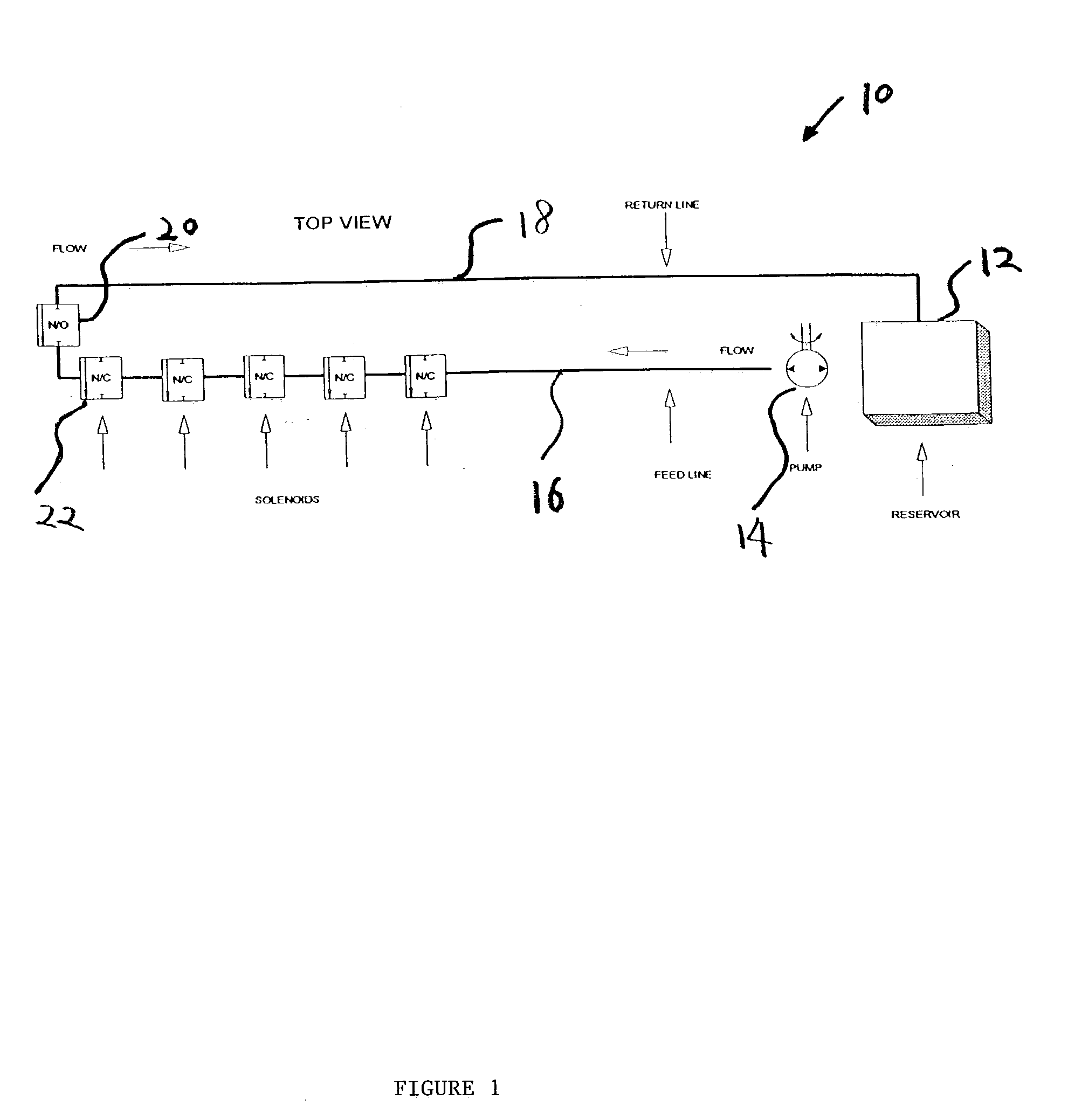Method of producing a frozen marinated reconstituted meat product
- Summary
- Abstract
- Description
- Claims
- Application Information
AI Technical Summary
Benefits of technology
Problems solved by technology
Method used
Image
Examples
Embodiment Construction
[0018] As used herein the term "meat" is intended to include fish, shell-fish, poultry, beef, veal, pork including ham, various game meats such as venision, liver meat and any other type of animal product commonly referred to as meat or fish.
[0019] As used herein, the term "trims" is intended to include not only pieces of meat trimmed from a larger piece, but also to include other small pieces such as scraped, ground, flaked meat, or any other small portion of meat suitable for being held together to form a lager product.
[0020] The term "marinade" refers to a liquid mixture, usually of vinegar or wine and oil with various spices and herbs, in which meat, fowl, fish, and vegetables are soaked before cooking. The term "marinate" means soaking (food) in such a mixture.
[0021] The term "marinated and reconstituted meat product" is a marinated product comprising a plurality of small pieces or bits of meat, i.e. trims as above defined, which are held together to form a larger product such ...
PUM
 Login to View More
Login to View More Abstract
Description
Claims
Application Information
 Login to View More
Login to View More - R&D
- Intellectual Property
- Life Sciences
- Materials
- Tech Scout
- Unparalleled Data Quality
- Higher Quality Content
- 60% Fewer Hallucinations
Browse by: Latest US Patents, China's latest patents, Technical Efficacy Thesaurus, Application Domain, Technology Topic, Popular Technical Reports.
© 2025 PatSnap. All rights reserved.Legal|Privacy policy|Modern Slavery Act Transparency Statement|Sitemap|About US| Contact US: help@patsnap.com

